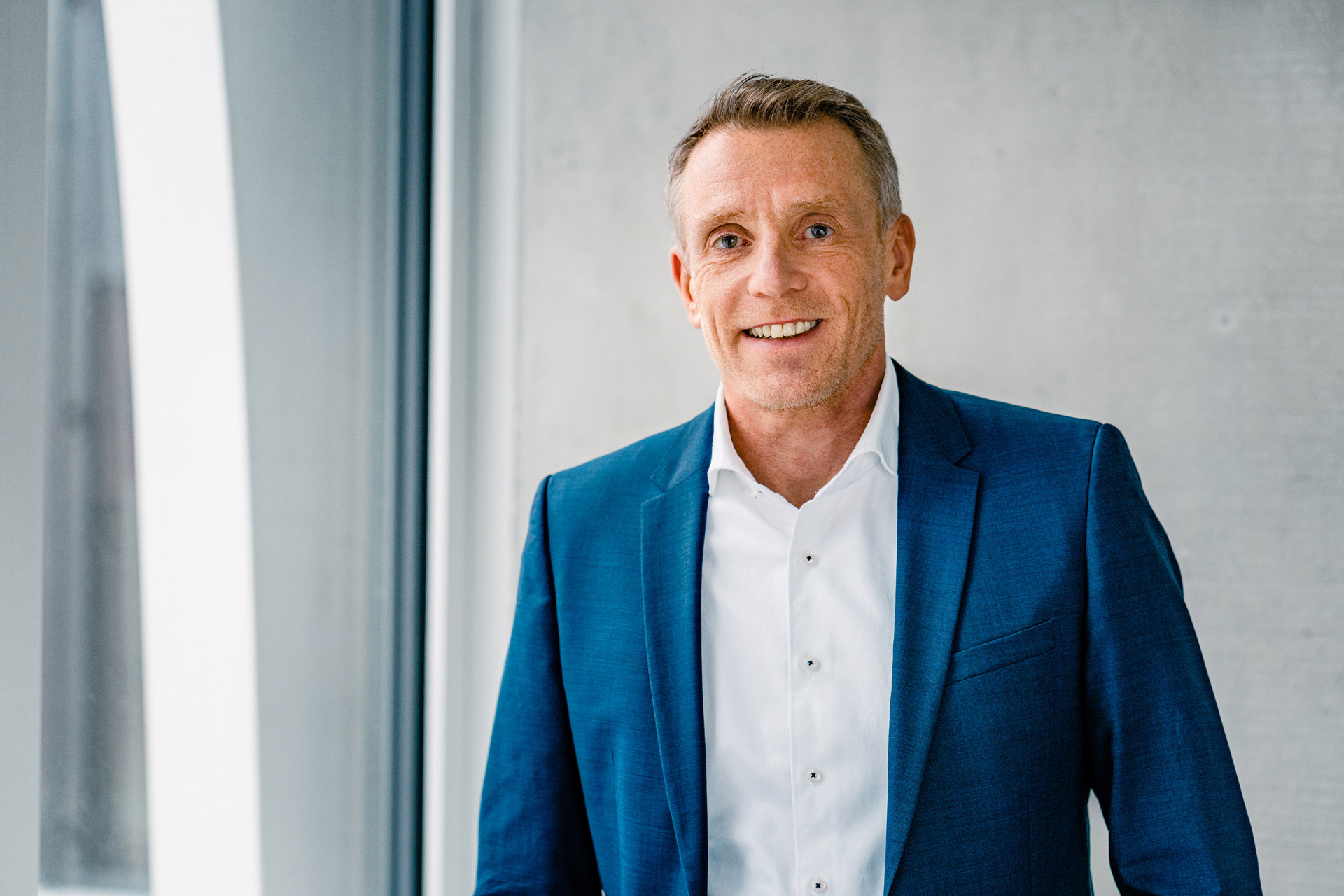HeidelbergCement releases Group Sustainability Report
- Occupational safety: Accident frequency and severity reduced
- Specific net CO₂ emissions reduced by 21.2% (base year: 1990)
- Clinker factor decreased to 75.3%
- First report according to new GRI G4 standard
Today, HeidelbergCement released its sixth Sustainability Report so far. The Sustainability Report 2013/2014 highlights topics and challenges for HeidelbergCement in its drive for sustainable development. Readers also learn about the successes and aims of corporate sustainability management, as well as the company’s activities in the arena of environmental and climate protection, workplace safety and social responsibility.
Sustainable business practices form an integral part of the business activities
“Sustainable business practices are a fundamental condition as well as an integral component of our business activities, and therefore central to the activities and decisions of our management teams on the ground: The important thing is to minimise the impact of our operations on the local environment, and to utilise our core competencies in a way that contributes to the society at large and generates economic opportunities,” says Dr Bernd Scheifele, CEO of HeidelbergCement AG. “With this report, we transparently present our sustainability achievements and targets – and thereby make our performance understandable to our stakeholders.”
Success in occupational safety and climate protection
Health and safety of our employees is another focus of the HeidelbergCement sustainability programme. The figures prove the effectiveness of our expanded prevention measures and information campaigns. The accident frequency rate as well as the accident severity indicator could be reduced on Group level.
Further progress could also be reported on climate protection. For instance, specific net carbon dioxide emissions were reduced by 21.2% (compared to 1990 levels) to 609.1 kg per tonne of cement. Moreover, the clinker factor decreased to 75.3%. “The figures show how much HeidelbergCement has accomplished over the past two years,” says Dr Scheifele. “We will continue to focus on climate protection and leverage our R&D capabilities to further reduce emissions.”
Involvement of stakeholders in development of the report
For the first time, a materiality analysis was conducted prior to the development of the report in order to evaluate how relevant various sustainability issues are from the viewpoints of different stakeholder groups as well as from the corporate perspective of HeidelbergCement. Therefore, 57 of the most important stakeholders from different countries have been asked for their opinion. 26 of them participated in the survey, these included suppliers, investors, scientists and representatives of authorities and non-governmental organizations (NGOs). For the internal evaluation around 50 representatives of relevant business lines from all Group areas were interviewed in the same way. The results were discussed internally and are reflected in the materiality matrix of the Sustainability Report.
New reporting standard GRI G4
The Sustainability Report published today by HeidelbergCement Group was prepared in accordance with the G4 guidelines of the Global Reporting Intiative (GRI) and the “Core” option. The report is targeted to HeidelbergCement’s customers, employees and business partners, as well as representatives of the media, NGOs, political actors and the general public.
About HeidelbergCement
HeidelbergCement is one of the largest building materials manufacturers worldwide, as the global market leader in aggregates and with leading positions in cement, concrete, and other downstream activities. The Group employs around 45,000 people at almost 2,300 locations in more than 40 countries.
3,943 characters

